Lubin 2022-07-11
Museum of repatriation at the railway station in Lubin.
Geographic coordinates: 51.396N 16.194E.
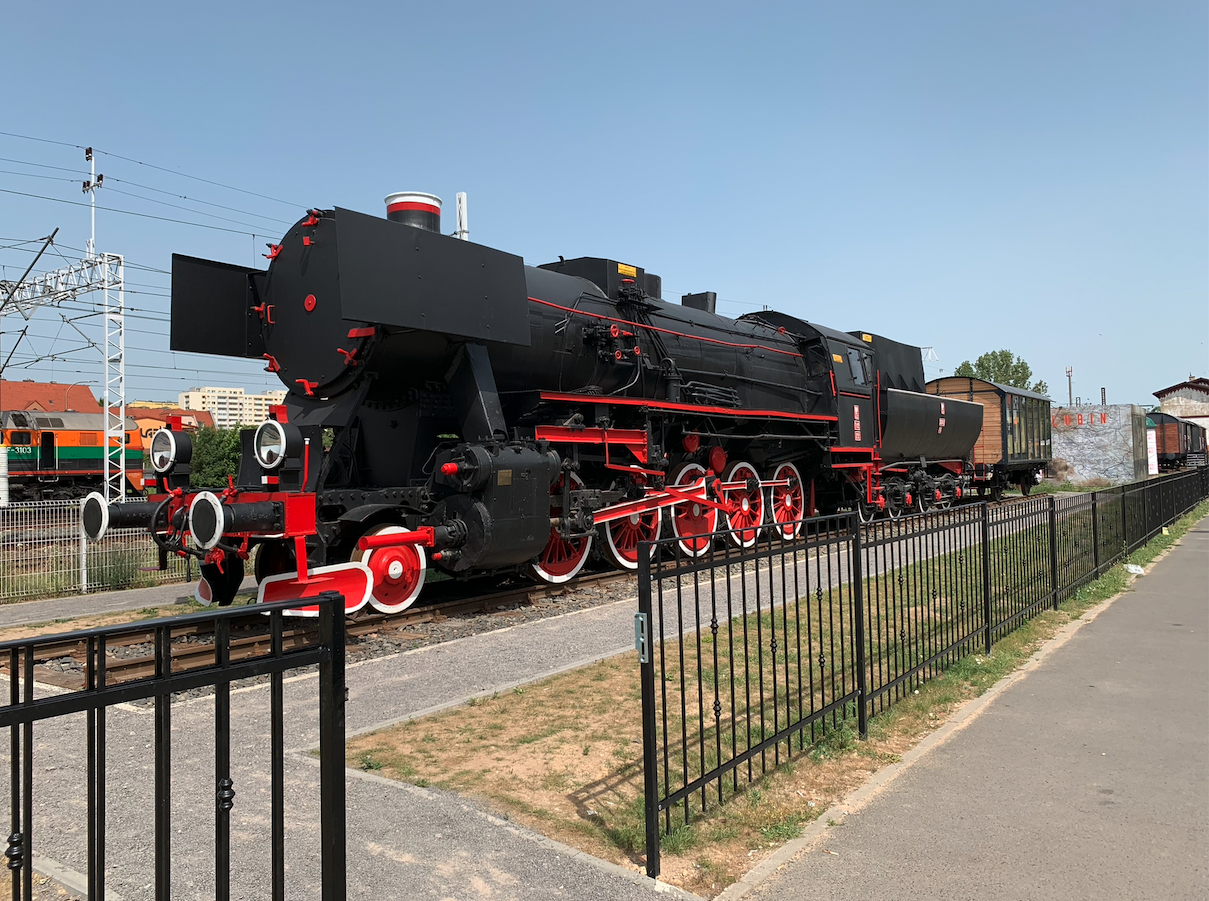
In 2022, the Historical Museum in Lubin organized an open-air exhibition at the Lubin railway station, about the pioneers of the Lubin region from 1945, and more precisely about Poles forcibly resettled from the former Polish Borderlands.
It all started with the Ty2-22 locomotive, an exhibit at the closed Świebodzice railway station. The Ty2-22 locomotive was produced in 1942 in Kassel by the German concern Henschel & Sohn during the Second World War for the needs of the ongoing war. After the war, the locomotive was delivered to the Polish State Railways as war reparations, and since 1997, it was closed at the Świebodzice station. The Historical Museum in Lubin bought this locomotive at the beginning of 2018. The Ty2-22 steam locomotive built in 1942, together with tender 32D43-16, was transported from Wrocław to Lubin in 2018. Here it went to the Pol-Miedź Trans (KGHM) plant. In this plant, the locomotive and tender were restored with the help of volunteers and after consultations with experts from the museums in Jaworzyna Śląska and Wolsztyn.
In the spring of 2022, the Ty2-22 locomotive with a tender was placed on a special track at the railway station in Lubin. In addition to the locomotive, four freight cars were set up here. Two wagons were made of glass, and two more were made as museum rooms. Genre scenes with life-size characters reminiscent of the pioneering times of Lubin were arranged in the carriages. For example: there is a priest who blesses the newlyweds. The woman who is embroidering. Children who sleep on the go. A woman who washes herself and many other characters. In addition, there are boards, graphics, maps, street furniture, benches. There are frames from the movie "The Law and the Fist" on the boards. The whole thing was fenced.
The exhibition was opened on May 2, 2022. That is, on the day on which, in 1945, the government operational group came to Lubin.
Why were the repatriates?
The migration of Poles from Kresy after the Second World War, commonly referred to as repatriation, should be called forced displacement. It was not the first displacement of the Polish population by Moscales. In a word, the dictator-Tsar Stalin did what he wanted with the tacit consent of the Allies. The direction of repatriation was set by the German aggression on the CCCP on June 22, 1941, which radically changed the situation of the former eastern regions of Poland. Another extermination of the Polish population began in the Borderlands and, as a result, led to bloody ethnic cleansing in Volhynia and Eastern Galicia. Of the approximately 4 million Poles living in 1939, east of the Bug River, when the Red Army entered 1944, only half remained.
In the spring of 1945, Stalin decided to hand over some of the conquered German lands to the territories of the new communist Poland. They were to be a compensation for the lost territories in the east. Then the Polish administration in the so-called Recovered Territories became a fact. The Germans were driven to the future East Germany. Muscovites could already unscrupulously throw Poles out of the enlarged paradise that was the CCCP.
The agreements signed in Moscow with the Belarusian, Ukrainian and Lithuanian republics provided for the "voluntary resettlement" of Polish and Jewish people from the Borderlands. The deals were relatively favorable anyway than it turned out to be. The contracts provided for compensation, the possibility of taking up to 2,000 pieces of luggage per family, and even livestock. Professionals (doctors, artists, scientists) could take the items necessary to practice their profession. Debts and tax liabilities have been canceled. The displaced (expelled) were to be able to choose their destination. The reality, however, was much more brutal. The resettlements did not include the Polish population, who had been forced to become CCCP citizens before 1939.
To coordinate Polish activities, on October 7, 1944, the State Repatriation Office (PUR) was established to organize the resettlement of both Polish and foreign people. The resettlements were to last until the end of June 1946. In 1945, almost 743,000 were displaced, and in 1946, 640,000. people, including almost 222 thousand. from the depths of the CCCP. During the next two years, 2,911 people were "repatriated" from the former Kresy, and 15,275 people from the depths of the CCCP. In total, in the period 1944 - 1948, 1,517,983 people were officially resettled.
The basic stimulus to leave were fear and compulsion. Starting from direct terror and arrests, to professional or educational discrimination against Poles. The decision to leave was also helped by the awareness that it was much better to go for an uncertain fate to the west than for a sure trip east into the CCCP. The Kresovians quickly understood the finality and irreversibility of the changes that had taken place in Europe.
The journey from Stanisławów to the region of Lubin lasted about a month. Usually, already in Poland, the expelled had to leave the Russian wagons, because they were returning to the CCCP. The Poles had to wait for the Polish wagons and go further into the unknown. Already in the "Regained Territories" they asked if there was a Catholic and Polish priest in a given town. If there wasn't, they kept going.
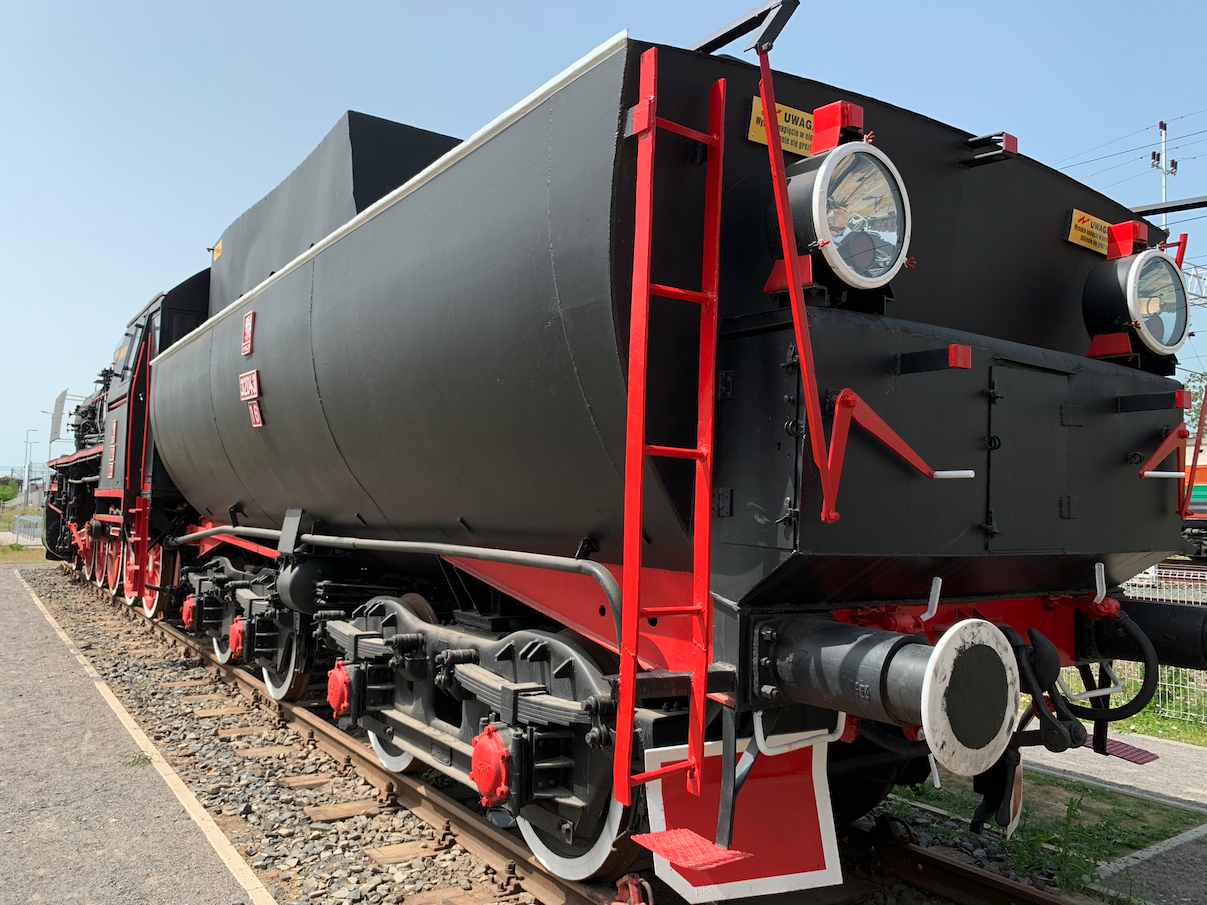

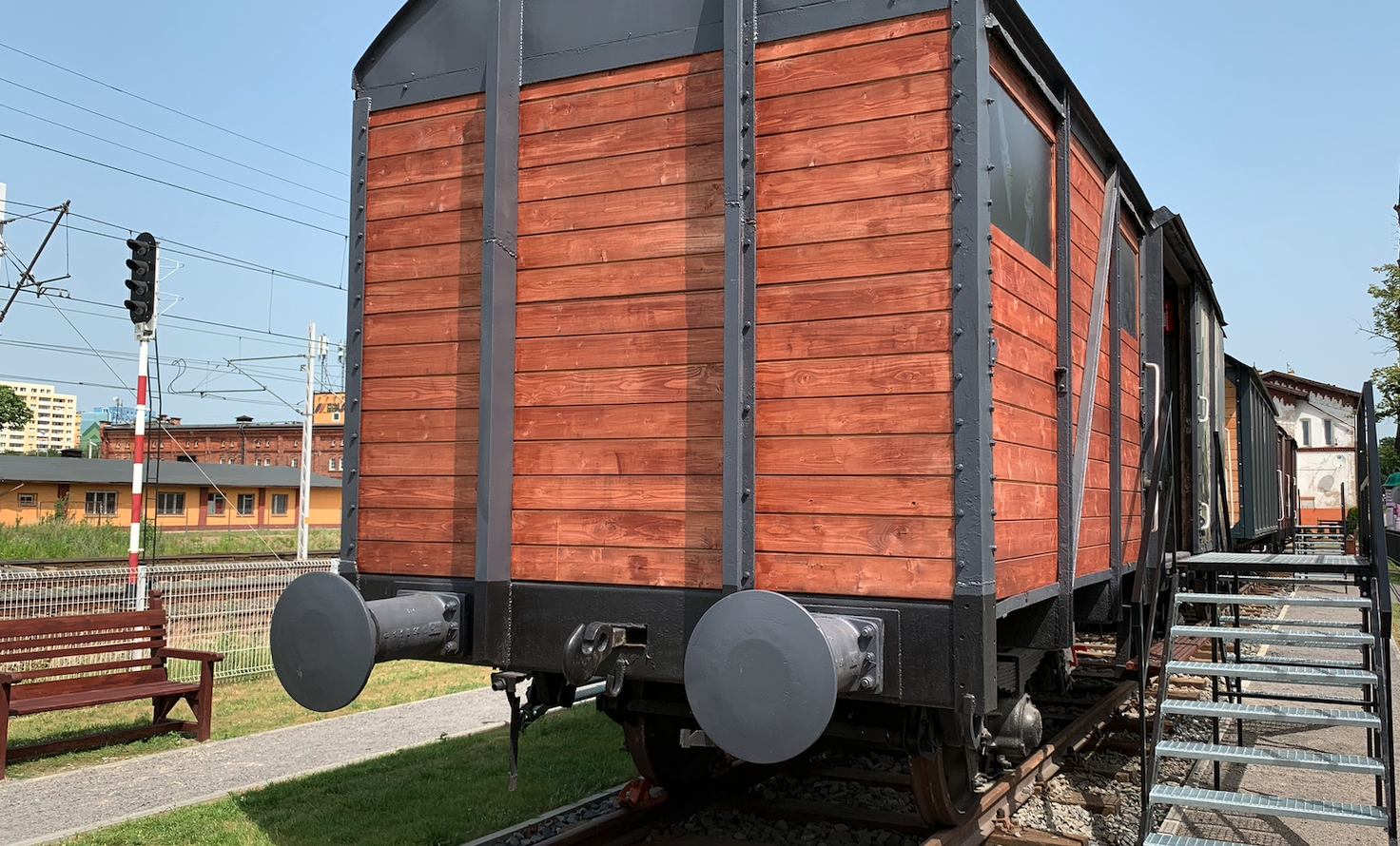
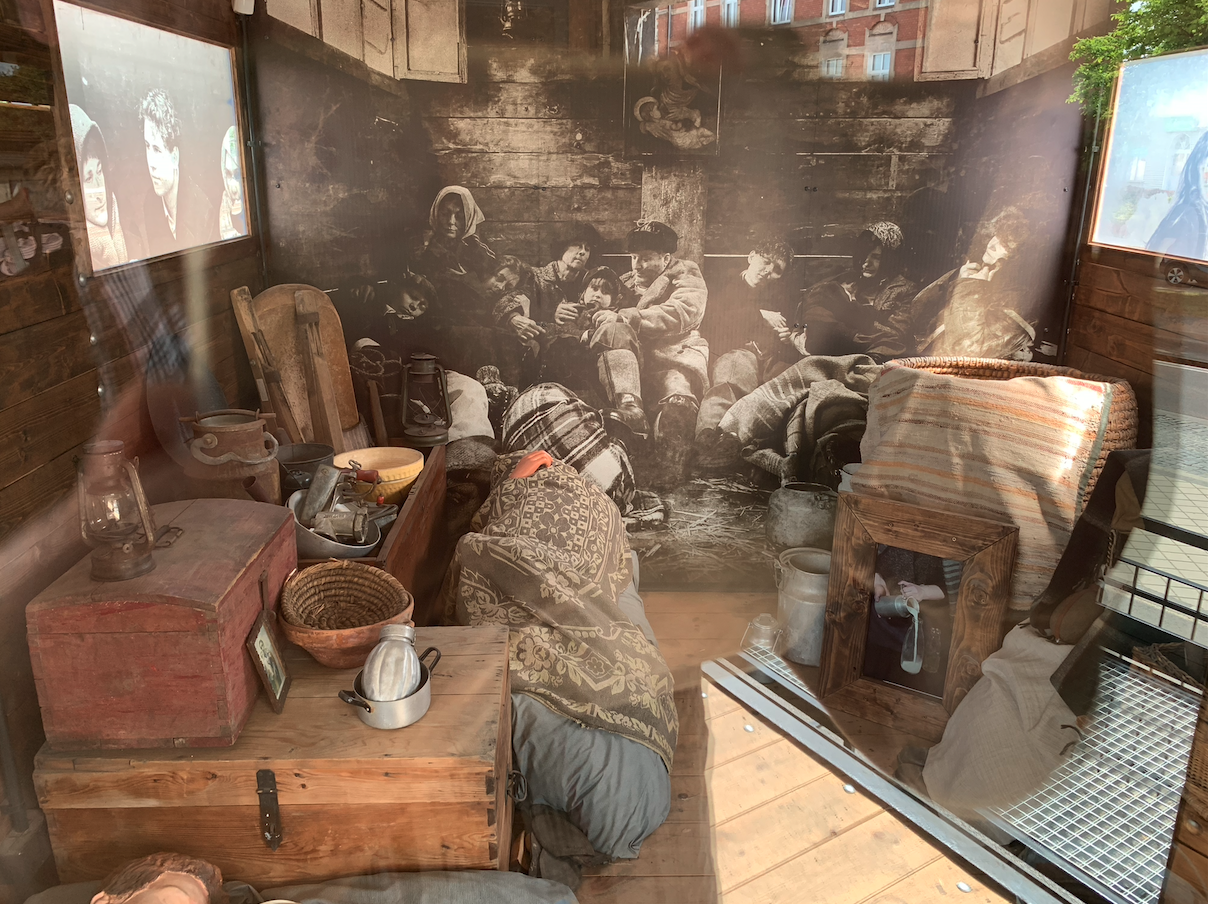
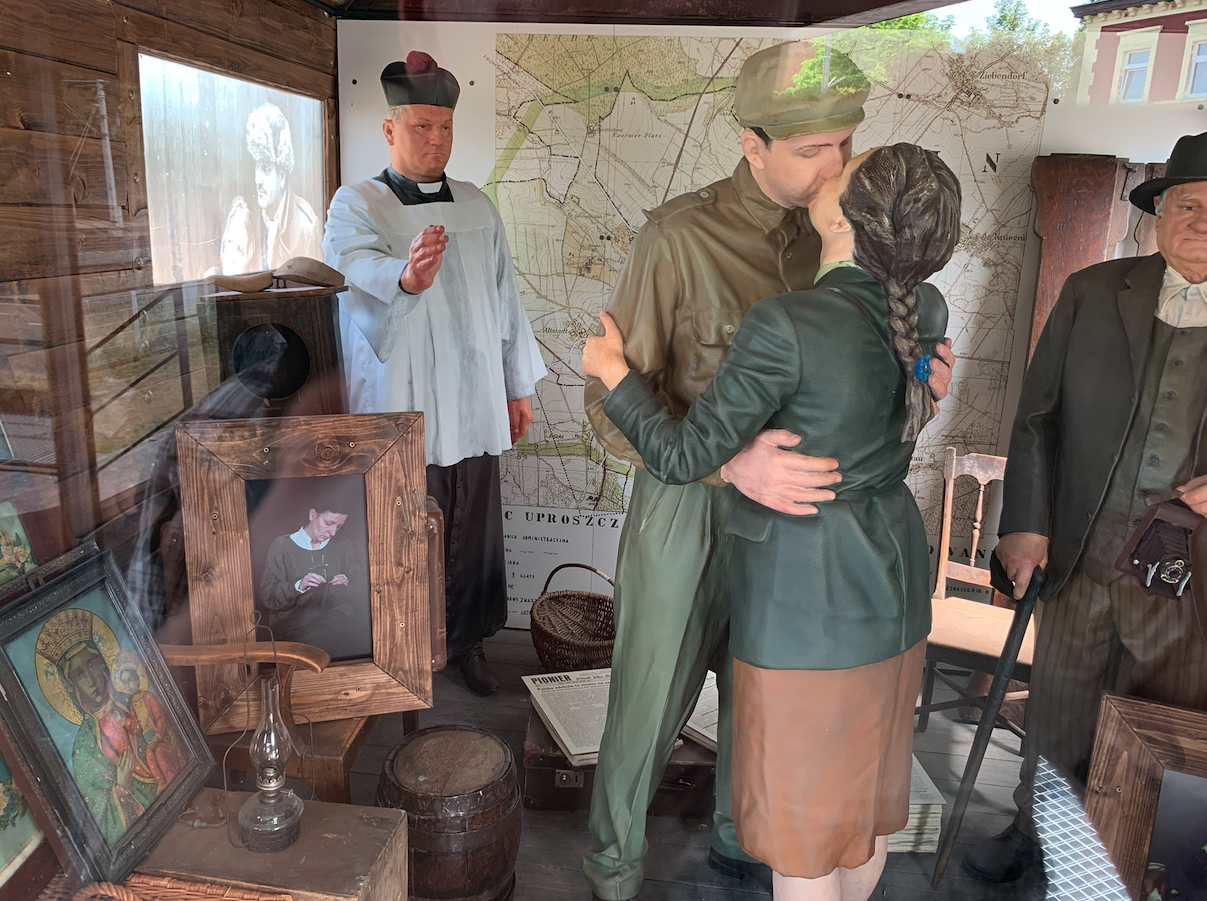
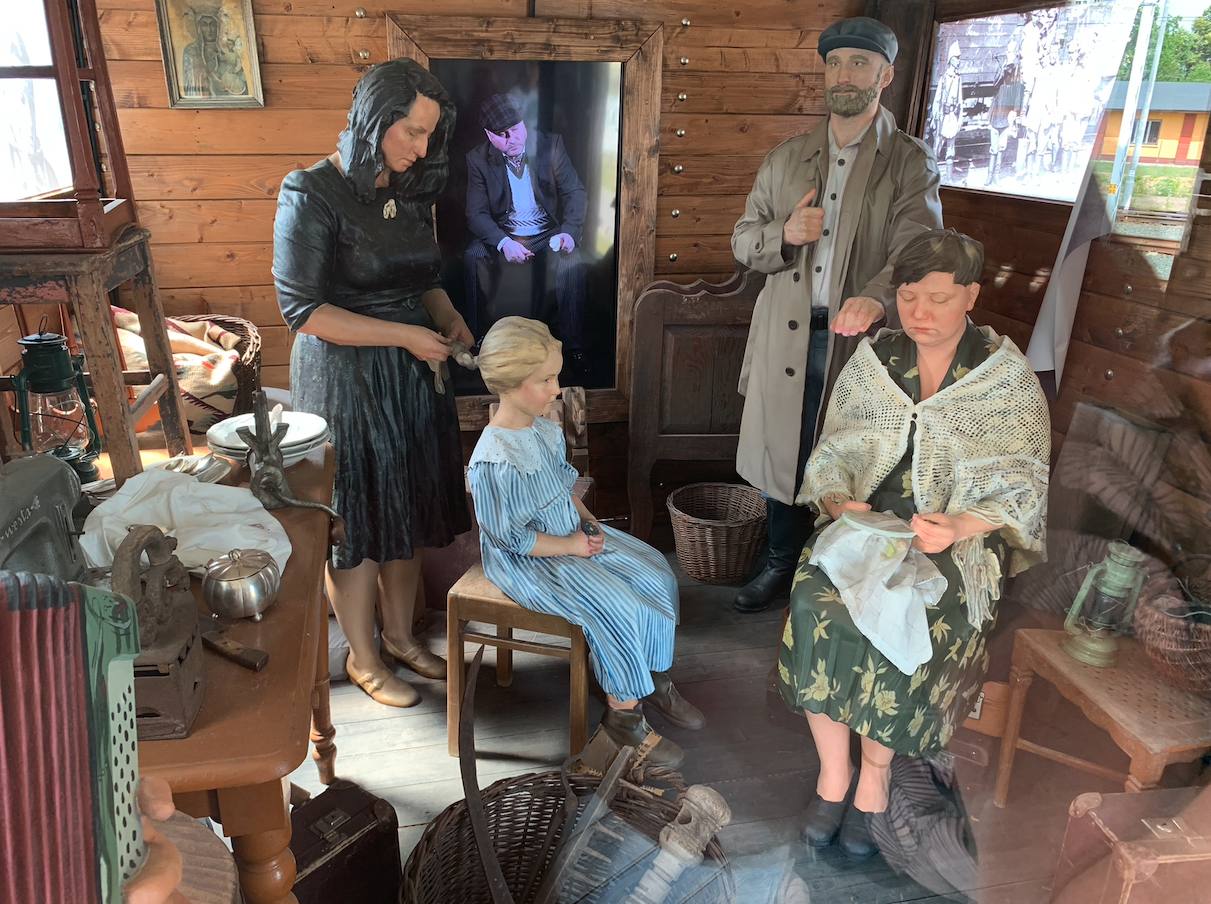
Written by Karol Placha Hetman
